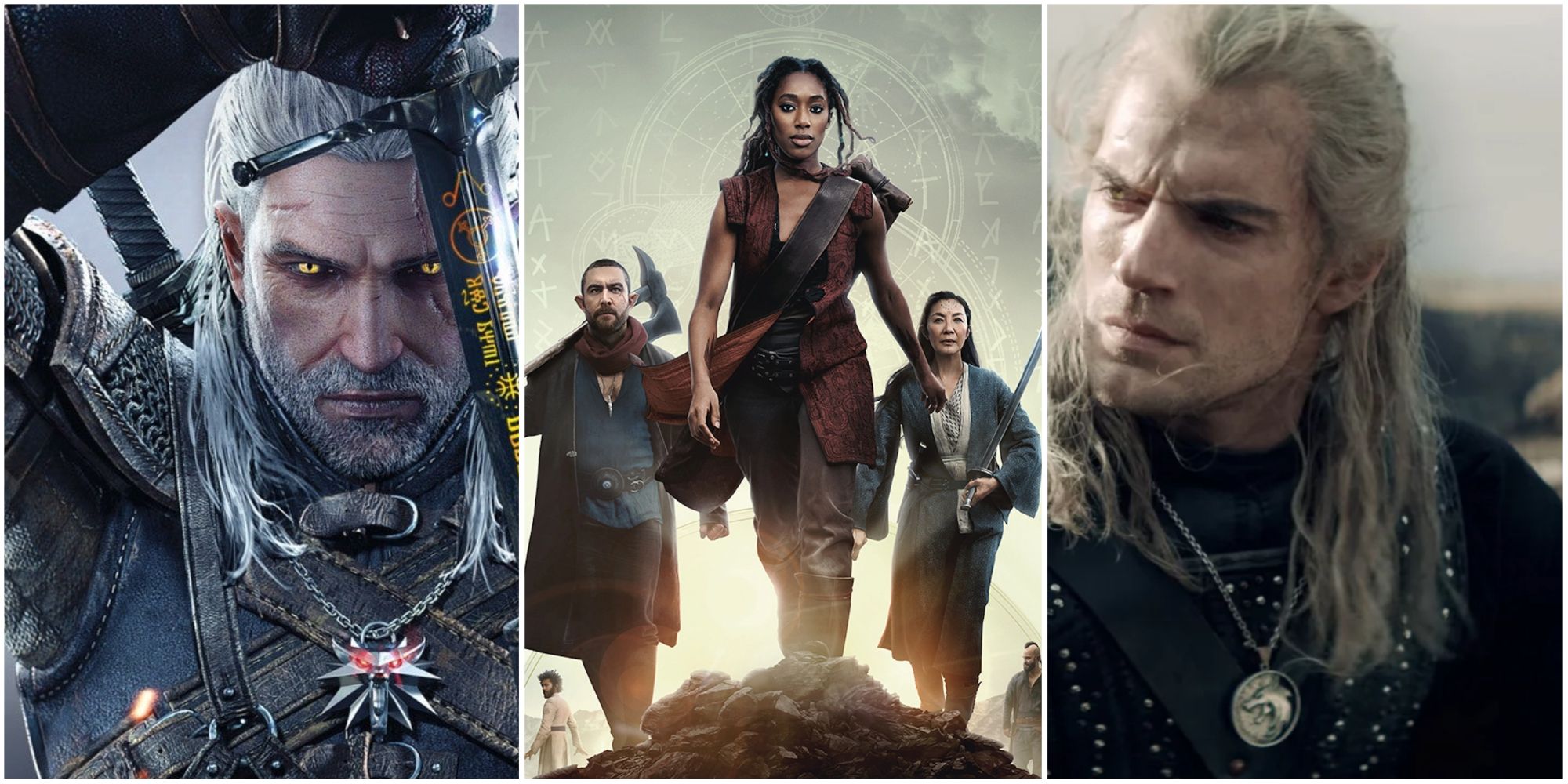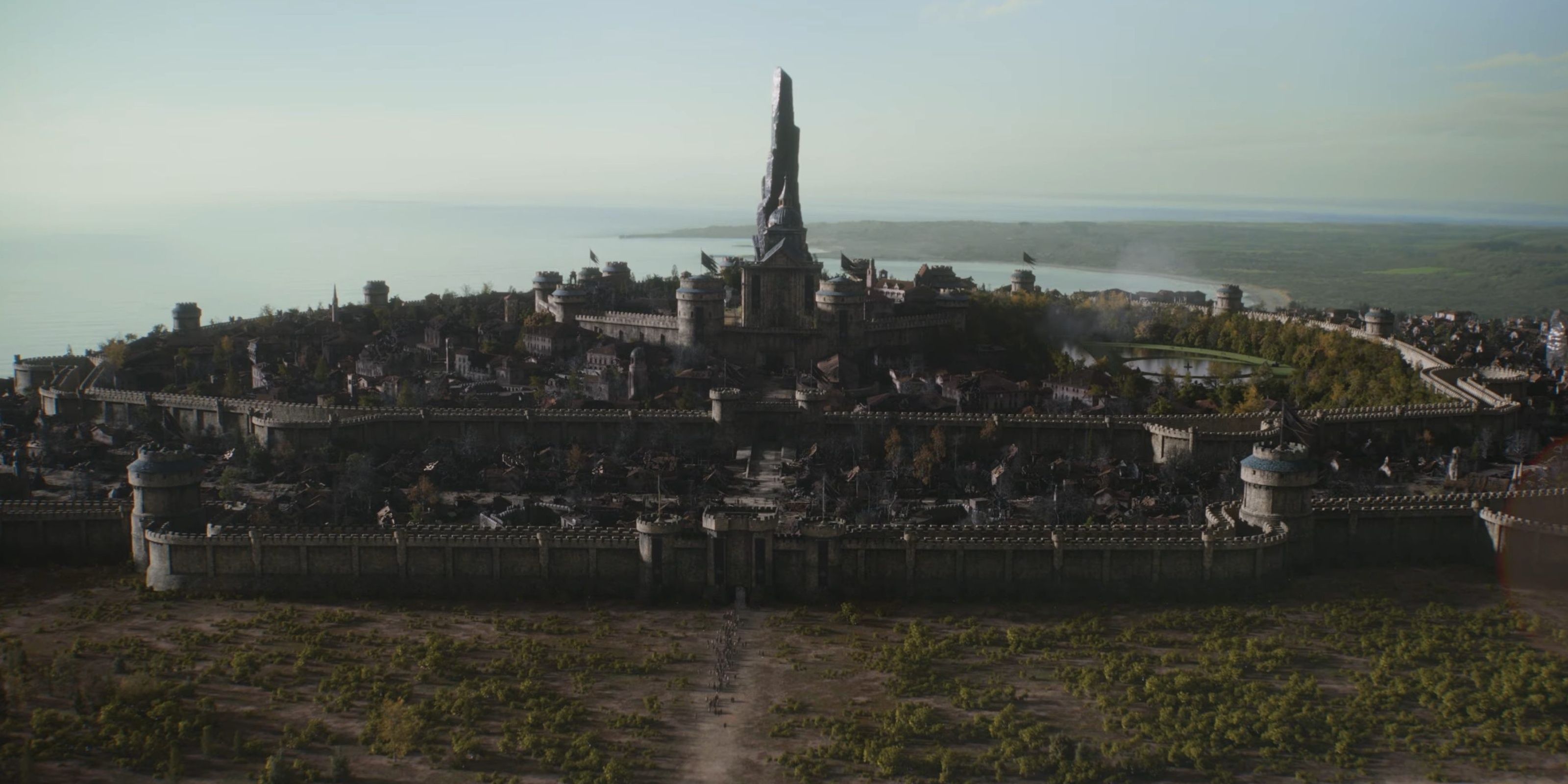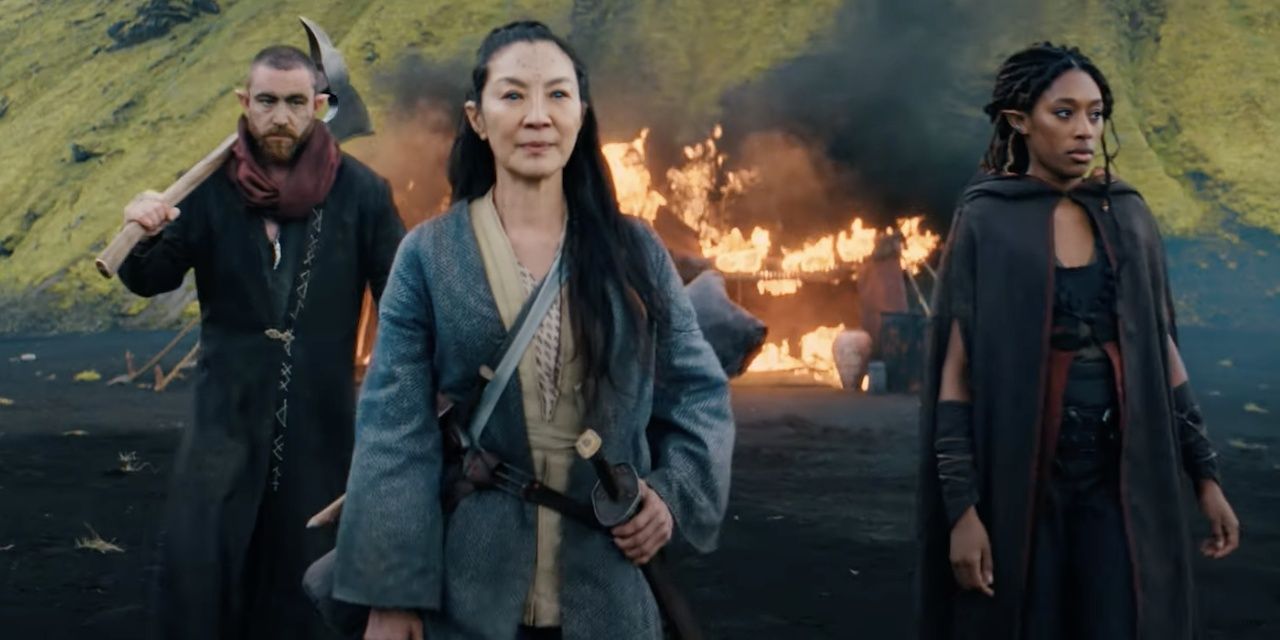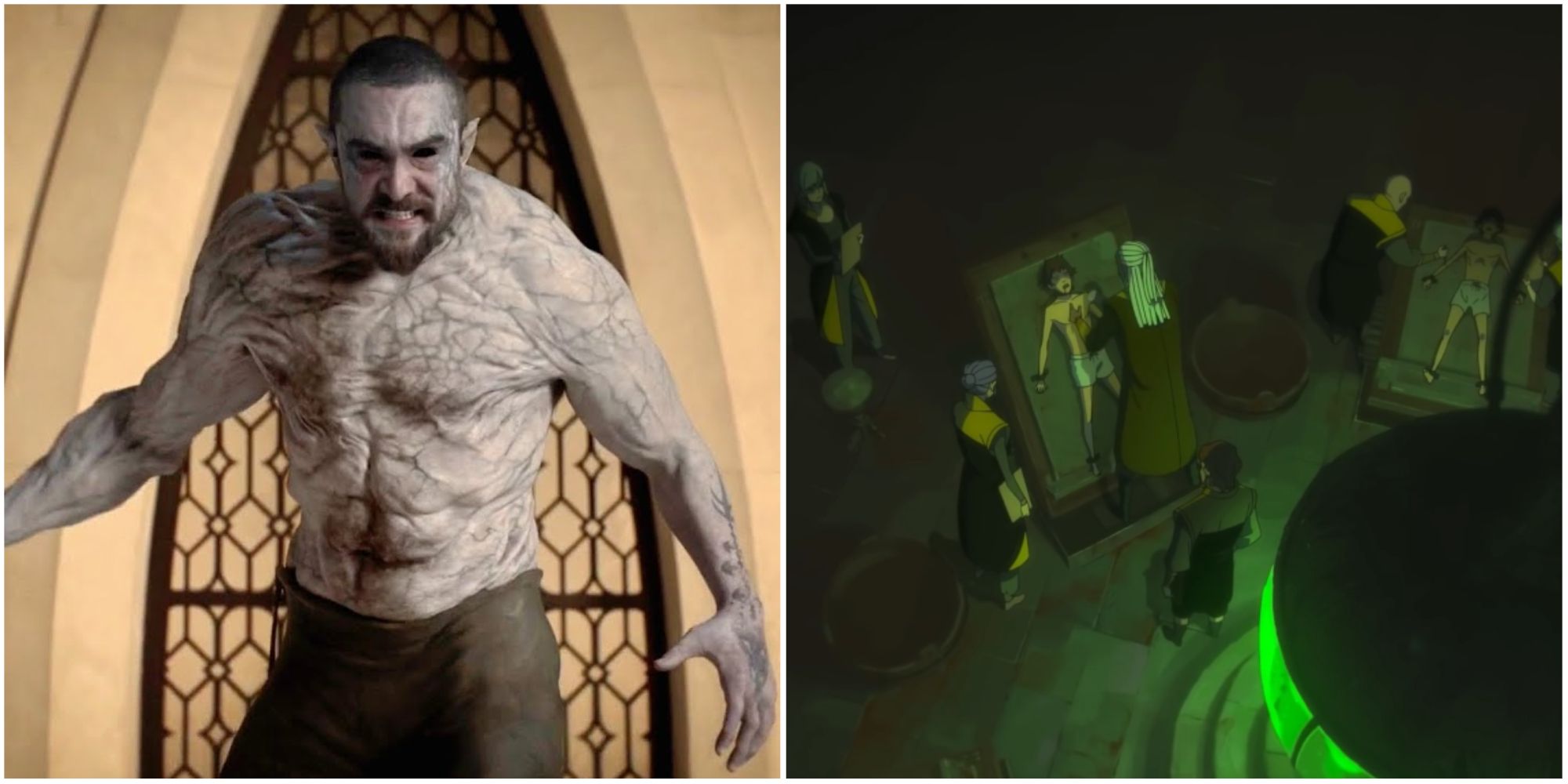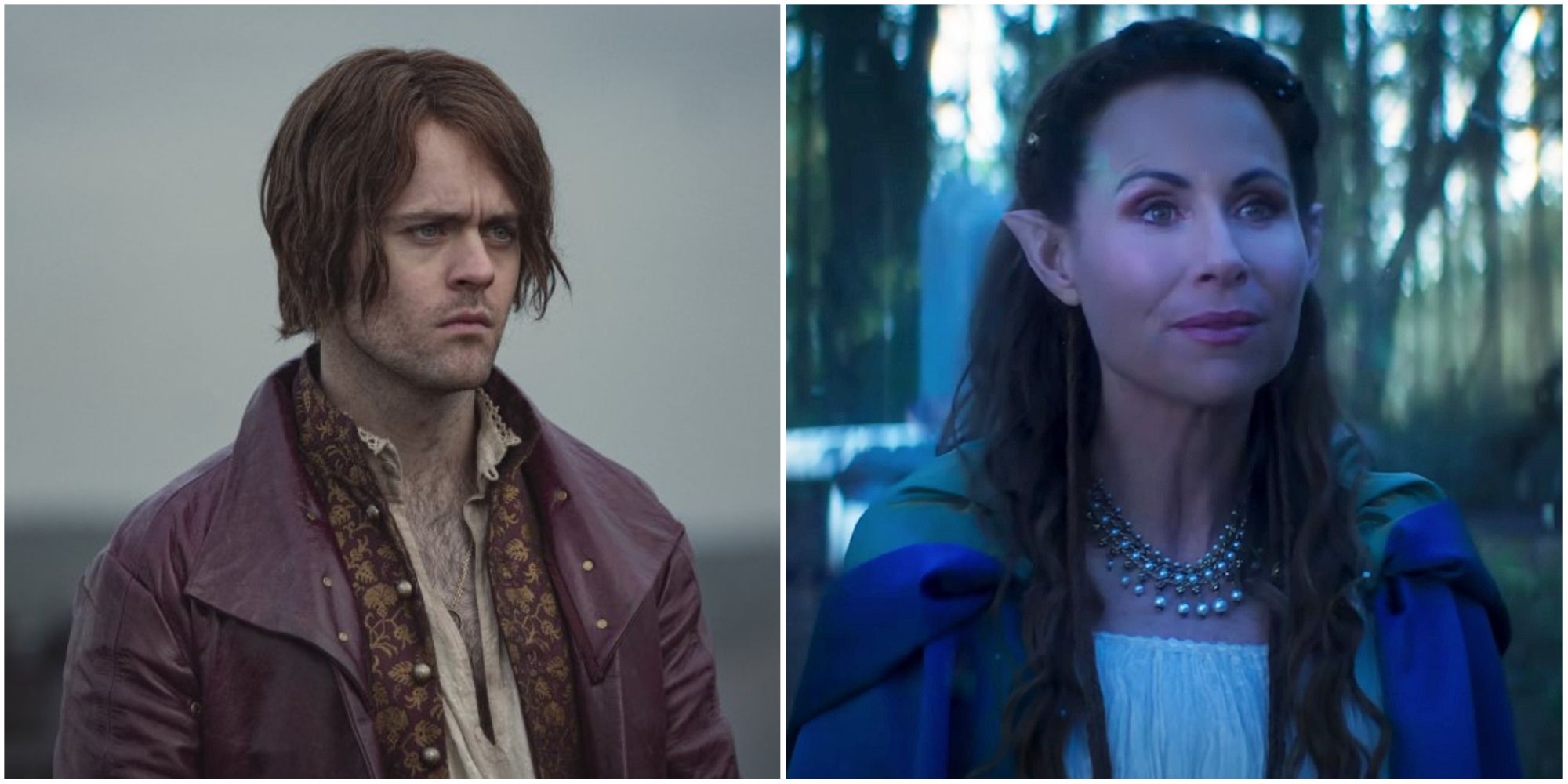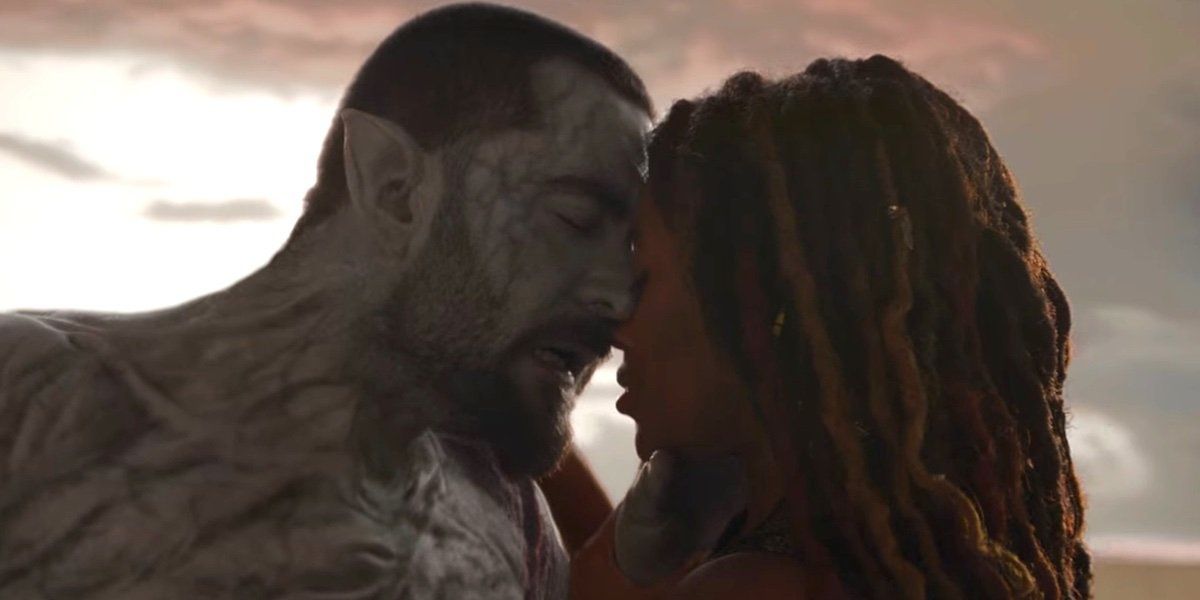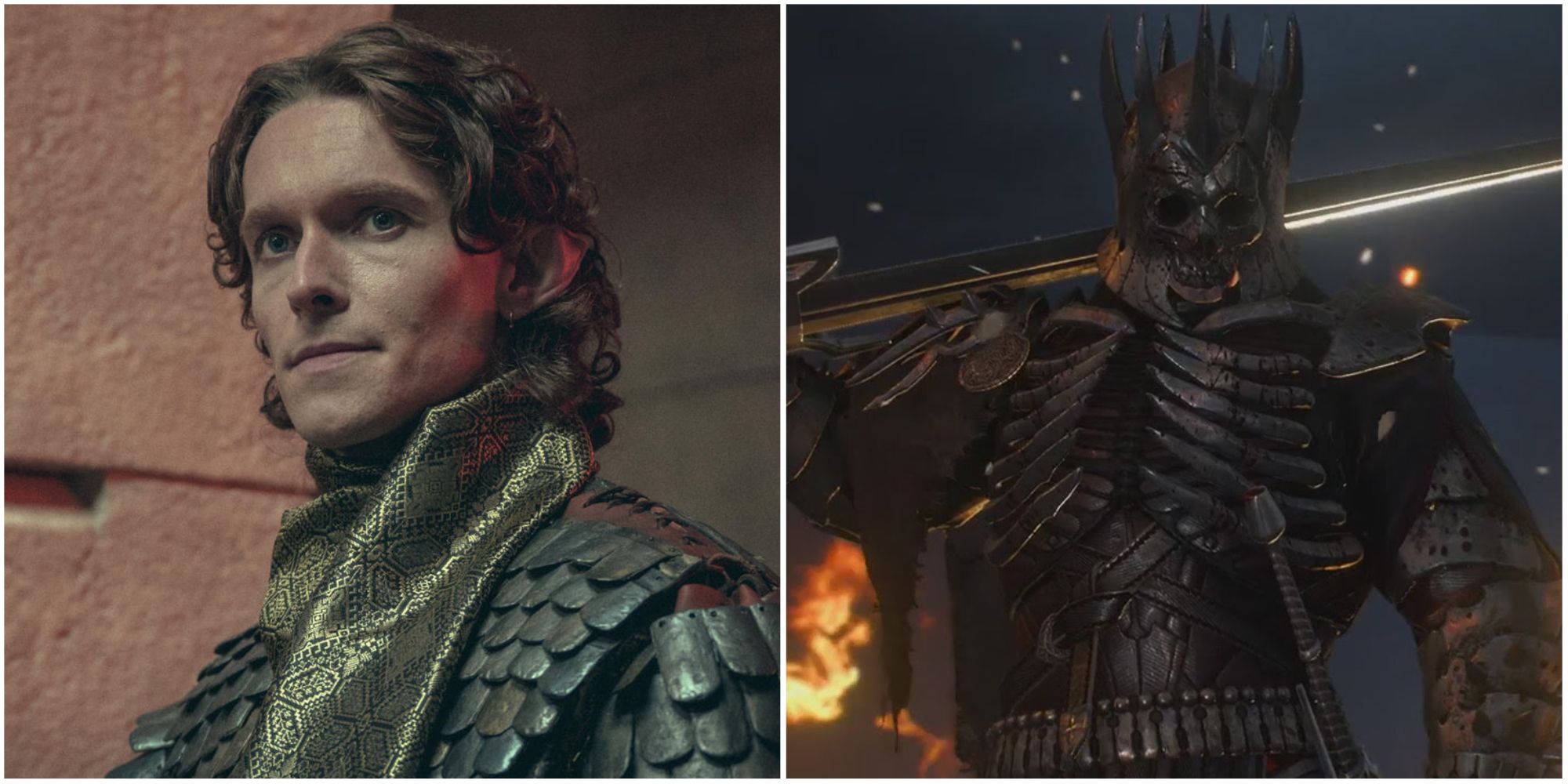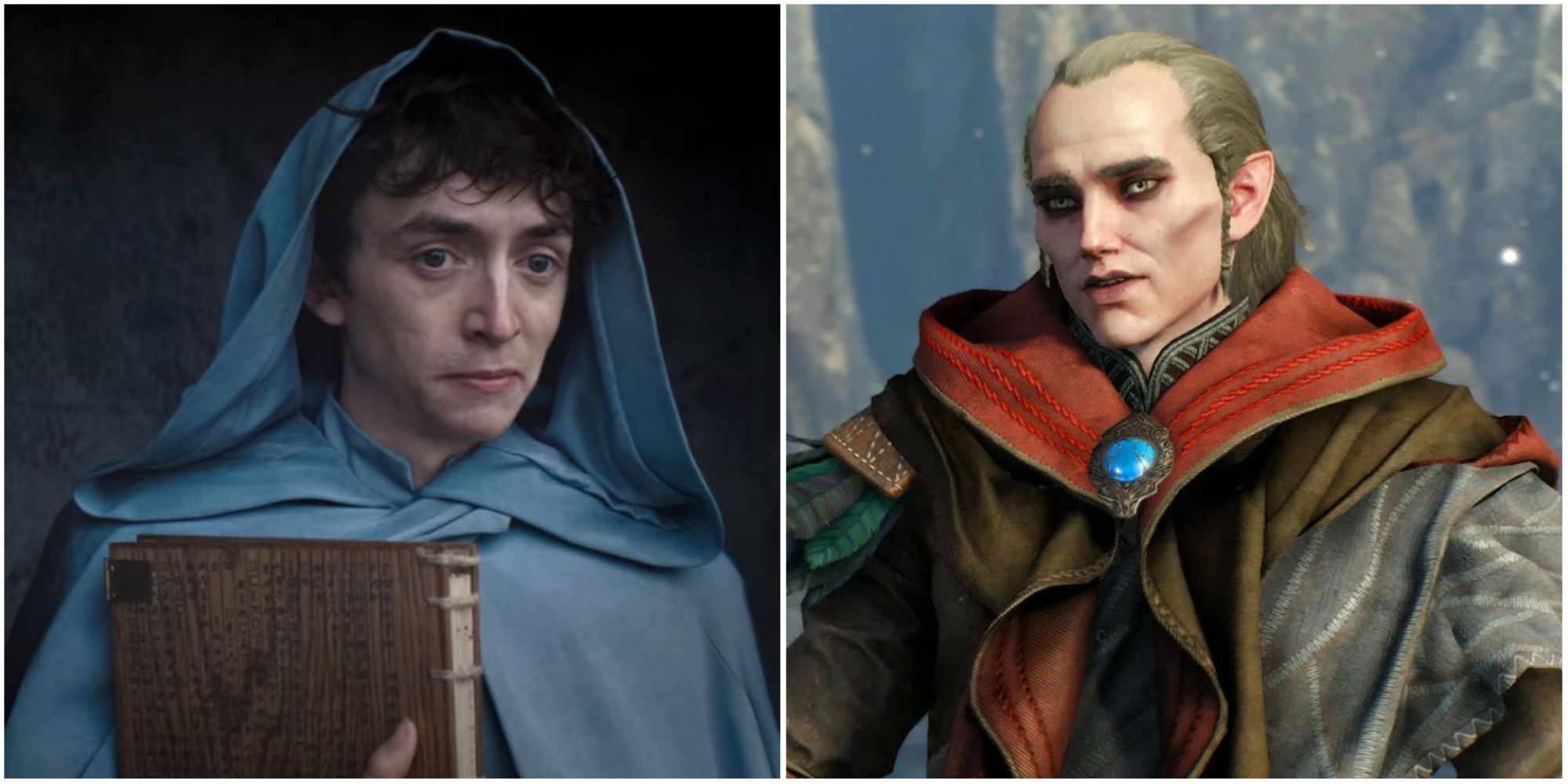As a prequel, The Witcher: Blood Origin takes place thousands of years before the mainline Witcher show. This means much of it is unfamiliar to fans. It deals with concepts that have either been evolved or forgotten.
Because of that, the showrunners have departed from Andrzej Sapkowski's Witcher books in several areas. Though they mostly use this departure to fill gaps in the lore, some plot points completely contradict previous information. How much that compromises the experience depends on the fan. Whether embraced or rejected, these additions are now part of Witcher history and will likely play a part in future Netflix installments.
Warning, spoilers ahead!
7 Elf Kingdoms
In the books, the elven history on the Continent is relatively vague. They were previously the dominant race and built several cities, many of which were co-opted by humans in later ages. These include Novigrad, Oxenfurt, and Vizima. Aside from that, Sapkowski is scant on specifics. His elves mainly exist to provide a history to the world and enhance the themes.
Blood Origin showcases those specifics. Its world houses three kingdoms: Xin'trea, Darwen, and Pryshia. These factions have waged war for a thousand years, but a coup causes them to be forcibly combined into a Golden Empire. This empire doesn't last long, though, as the populace swiftly rebels. That, along with the Conjunction of Spheres, is why it's not around in the mainline Witcher time. By that point, humans have taken over and started warring between themselves. It's just an endless cycle, which is true to the novels' spirit.
6 Clans & Tribes
In addition to the kingdoms, the show organizes many warrior elves into clans. Namely, there are Dog Clan and Raven Clan. These elite fighters serve the various kingdoms, making them fierce rivals.
The series also introduces tribes, albeit briefly. Scian is part of Ghost Tribe: a group renowned for their skill in swordplay. That's probably why the showrunners cast Michelle Yeoh to represent them. Sadly, this tribe is in shambles, as Scian is the last one. They could have tied her graceful choreography into the elaborate witcher moves. Alas, no.
5 Witcher Origins
As the title suggests, the show depicts the origin of witchers. The fellowship of elves injects monster essence and mutagens into one of their own. The subject in question is Fjall, and the process amplifies his strength, agility, and senses. This enables him to fight the dragon as a primordial witcher. However, the time and place of this innovation are a little off.
The books suggest these mutated monster slayers were the product of human mages. They experimented at the castle in Rissberg to create witchers. Maybe these mages' data was secondhand. After all, scientists often use existing facts to inform current theories.
4 Seanchai
Bookending Blood Origin is Jaskier/Dandelion. The bard hears the ancient tale from a mysterious shapeshifter named Seanchai. She's not a doppler, but something else entirely, implying that she'll have a larger role in connecting the Witcher TV universe. No such character exists in the books or games.
Granted, they each have similar figures. The Witcher 3 has Gaunter O'Dimm, a cryptic menace who seems omnipotent. The Lady of the Lake also has a framing device involving storytellers: Nimue and Condwiramurs. Unfortunately, none of these characters mention Seanchai. Further seasons will presumably elaborate on this spiritual tease.
3 Witcher Reproduction
At the end of the show, Eile reveals that she is pregnant. She's supposedly carrying her and Fjall's child--conceived earlier in the episode--but that shouldn't be possible. He already has the mutagens in his system when they make love. In essence, he's already a witcher.
Those who undergo this process are rendered sterile. That's one reason that so few of them remain in Geralt's time. It's also why they have to keep finding outside recruits. Simply put, they can't breed. This show says otherwise. Perhaps the sterilization is a side effect of the more refined mutation.
2 Eredin
The leader of the Wild Hunt's journey isn't fully-drawn in the books. Eredin serves Auberon Muircetach--king of the Aen Elle elves, as general of his raiding party. His riders regularly steal into other worlds. This becomes their primary means of travel after the Conjunction of Spheres, which prevents them from moving between worlds in larger numbers. Granted, they mainly come as spectral devils, but they can still do it.
Eredin's journey plays out differently in the show. Here, he's a native of the Continent and can't travel between worlds. Further, he serves King Alvitir of Xin'trea instead of Auberon, albeit not for long. He's part of the aforementioned coup, indicating that he still has a thirst for conquest. However, it's not just for himself.
Though the books imply that he's straight, Blood Origin gives Eredin a male lover. This presumably makes it more painful when he gets trapped in another world during the epilogue, but even that is different. He's by himself. How he recruits other riders or learns to world-hop again is unclear.
1 Avallac'h
This elf is another Auberon servant who's repurposed here. Merwyn--self-proclaimed elven empress--commissions him to study the monoliths as a means of reaching other worlds. This pursuit fails, necessitating the reinstatement of crooked mage Balor. At least it's not as pivotal as the next project Avallac'h messes up.
The sage is more famous in the books for his work with the Elder Blood. Throughout the generations, he studied and preserved this gene for its great abilities, such as traversing worlds. The gene eventually passed to elven sorceress Lara Dorren, whom Avallac'h loved. Sadly, she married and conceived a child with a human, leading to Ciri several generations down the line. If the shows tackle this subject, the writers will probably frame it as an attempt to make up for his failures in Blood Origin. He'll still try to transcend worlds; he'll simply do it through genetics.

